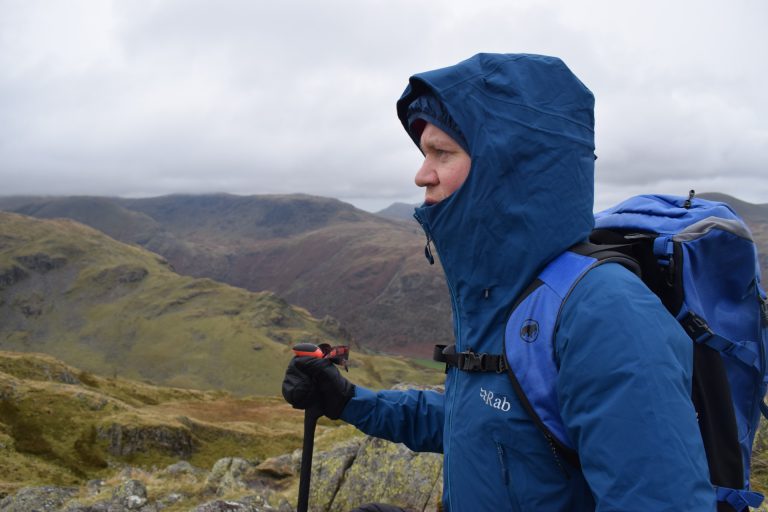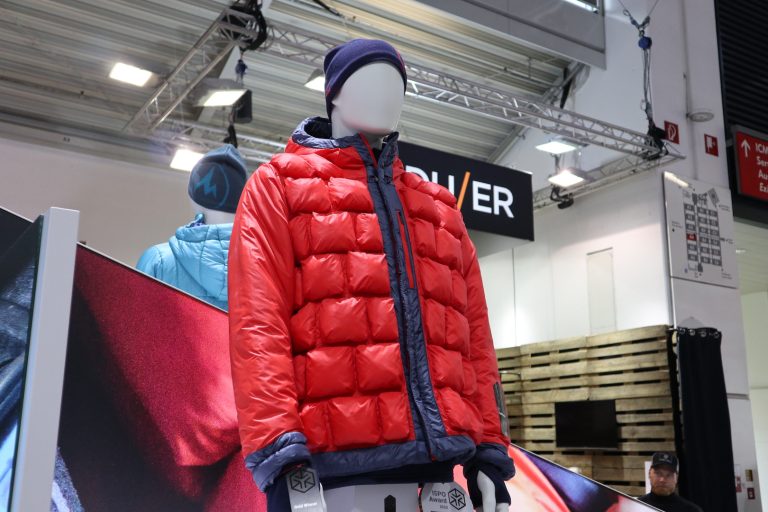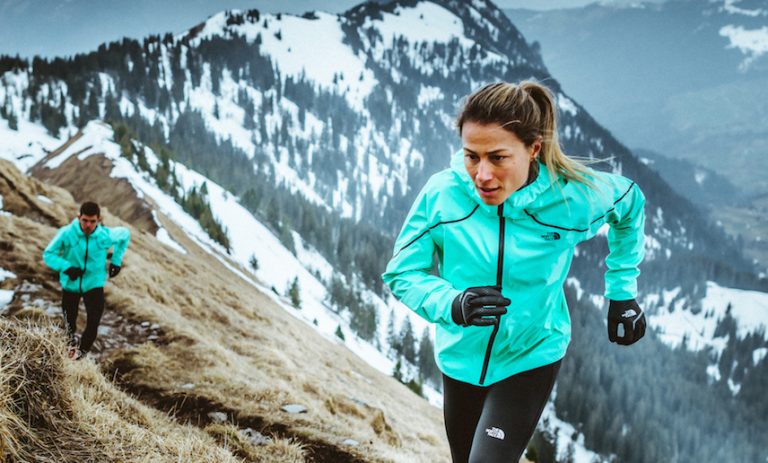There was a lot of hype surrounding the unveiling of the North Face’s FutureLight waterproof membrane back at the start of 2019. “This,” they announced at ISPO Munich, ‘is the most breathable waterproof fabric ever created.”
On paper FutureLight is certainly interesting. It’s made through a process of nano-spinning, which, in short, is where thousands of tiny nozzles spray a liquid PU onto a sheet, creating a thin layer of millions of microscopic fibres with spaces between them that air can pass through but water can’t. It’s been done before, by the likes of Outdoor Research with their AscentShell fabric for instance, but the estimated breathability numbers of FutureLight would suggest The North Face have bettered it.
Since that initial launch, we’ve tested FutureLight in one of their heavy duty Summit Series jackets during an expedition in Svalbard and on a backcountry skiing trip in Zermatt, while more recently, as you’ll be able to see in the video below, we managed to put their lightweight waterproof shell to the sword during a foray to the Brecon Beacons in Wales.
Has the fabric lived up to the hype then? What have The North Face done differently to the likes of Gore-Tex, Polartec NeoShell and eVent? Over to Will…



